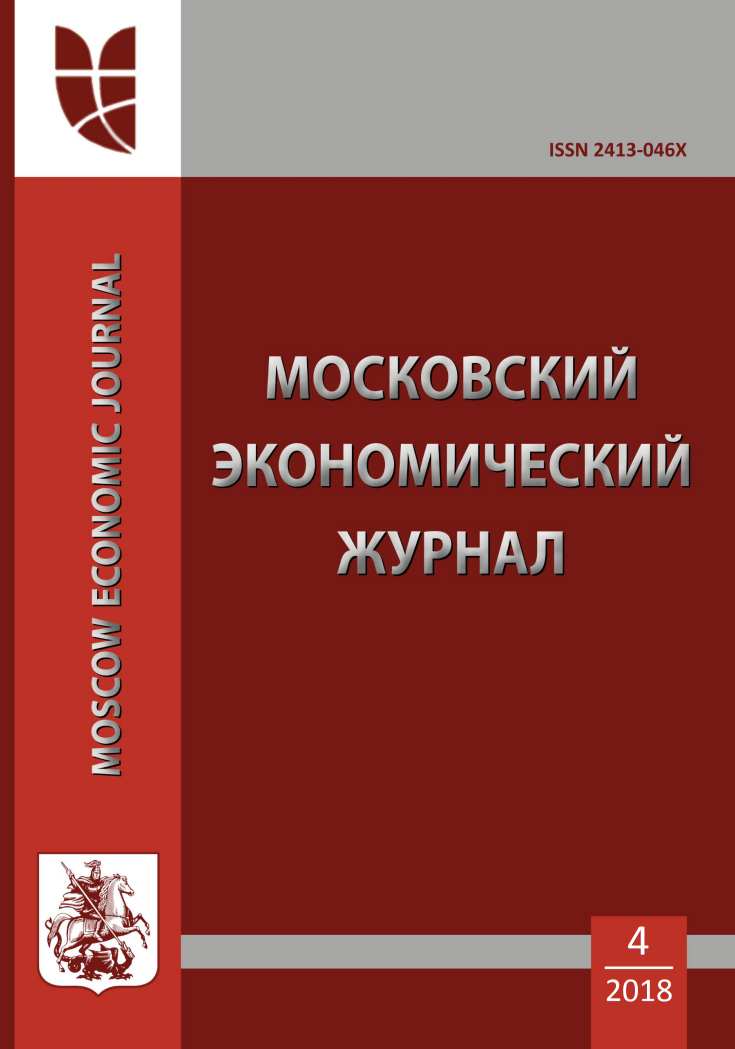Russian Federation
Russian Federation
Russian Federation
The article is devoted to the analysis of the reasons and justification for the increase in VAT from 18% to 20% in the Russian Federation from January 1, 2019. Analyzing the possibilities of increasing budget revenues, experiencing a severe financial crisis and needing to stabilize tax revenues; the introduction of a new model of the tax system in accordance with the needs of a market economy; joining the international community, which makes extensive use of this tax regime, the action of the legislative and executive authorities becomes clear. The money received in connection with the increase in VAT (in 2019 - additional 633.5 billion rubles, in 2020 - 678 billion rubles, in 2021 - 728 billion rubles) is planned to be spent on the implementation of the goals set by the President of the Russian Federation in the decree May 7, 2018. The main measures in this direction are carried out directly through the formation of human capital: an increase in investments in social security, education, culture. Thus, the money received to the budget on the basis of tax collection will return to citizens the quality of the services provided by the state. According to the results of the study, it is concluded that the planned increase in VAT from 18% to 20% to finance the increase in government spending is quite a favorable measure of economic policy, since it distorts the decisions of economic agents to the least extent, including in the area of consumption and investment.
VAT, budget revenues, taxation, tax policy, price increases, inflation, social security
1. Aliev B.H., Kagirgadzhieva Z.K., Kadieva R.A. Ispol'zovanie potenciala naloga na dohody fizicheskih lic v Rossiyskoy Federacii i v promyshlenno razvityh stranah // Finansy i kredit. - 2011. - № 31 (463). - S. 7-10.
2. Baltina A.M., Tyurina Yu.G. Ocenka nalogovoy nagruzki na dohody fizicheskih lic v Rossii // Vestnik Orenburgskogo gosudarstvennogo universiteta. - 2006. - № 6. - S. 36-42.
3. Guschina I.V. Realizaciya funkciy naloga v nalogooblozhenii dohodov fizicheskih lic // Izvestiya IGEA. - 2007. - № 4. - C. 12-14.
4. Panskov V.G. Nalogi i nalogooblozhenie v Rossiyskoy Federacii. 7-e izd., pererab. i dop. - M.: MCFER, 2006. - 592 s.
5. Popov V.I. Nalog s dohodov fizicheskih lic kak instrument gosudarstvennogo regulirovaniya ekonomiki v Rossii i za rubezhom. - M., 2003. - 140 s











